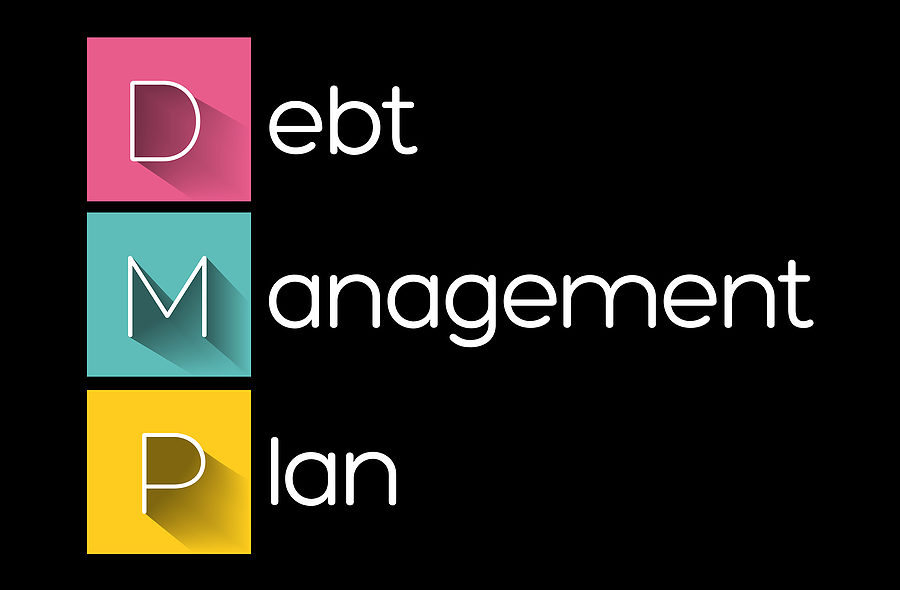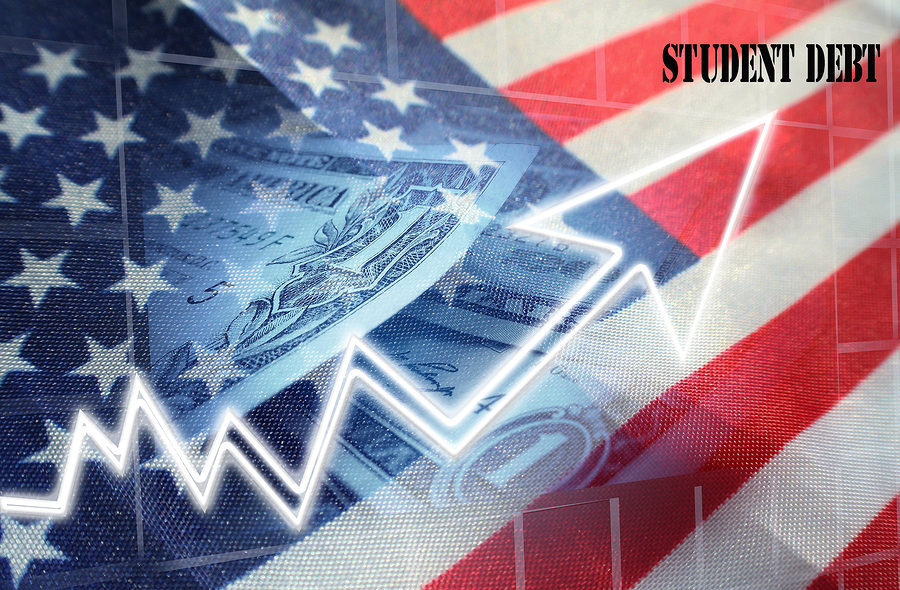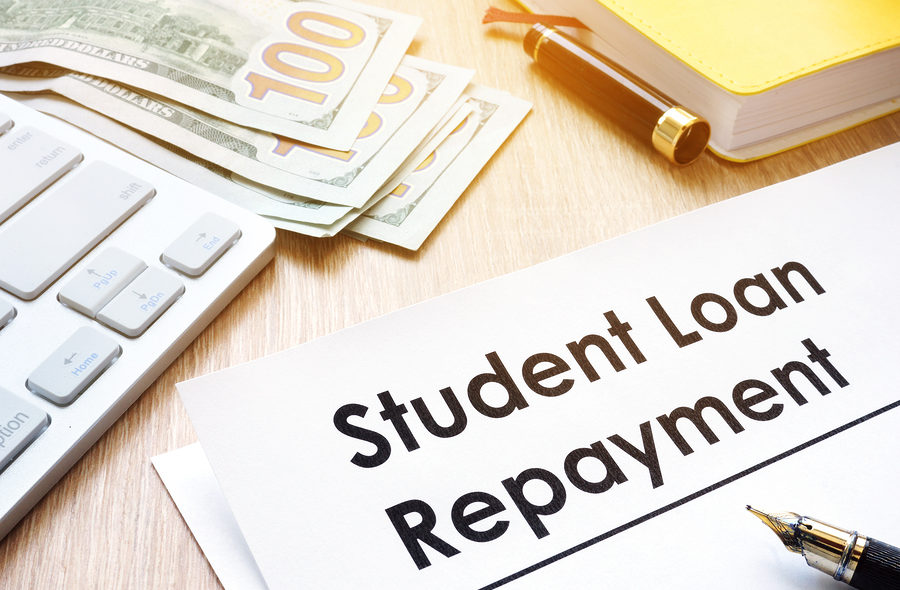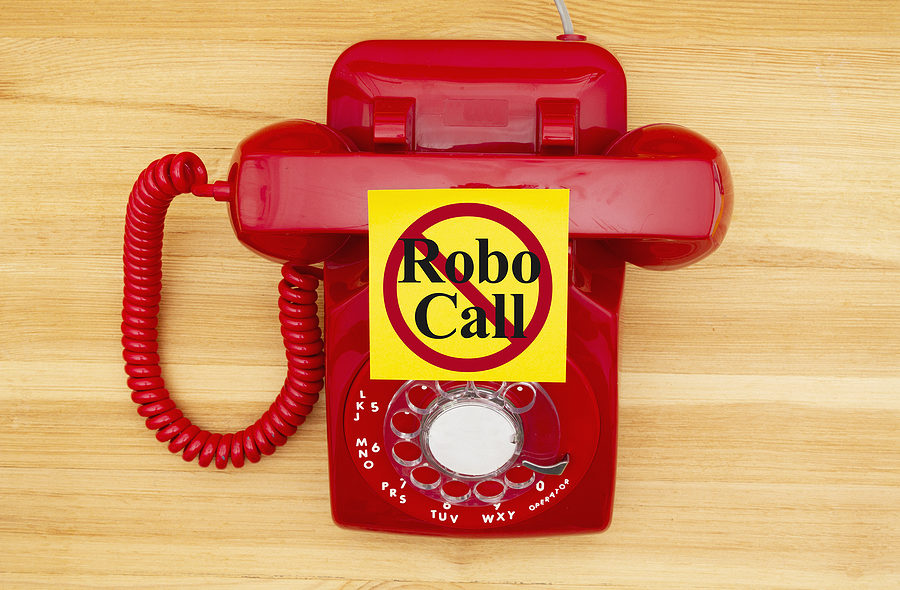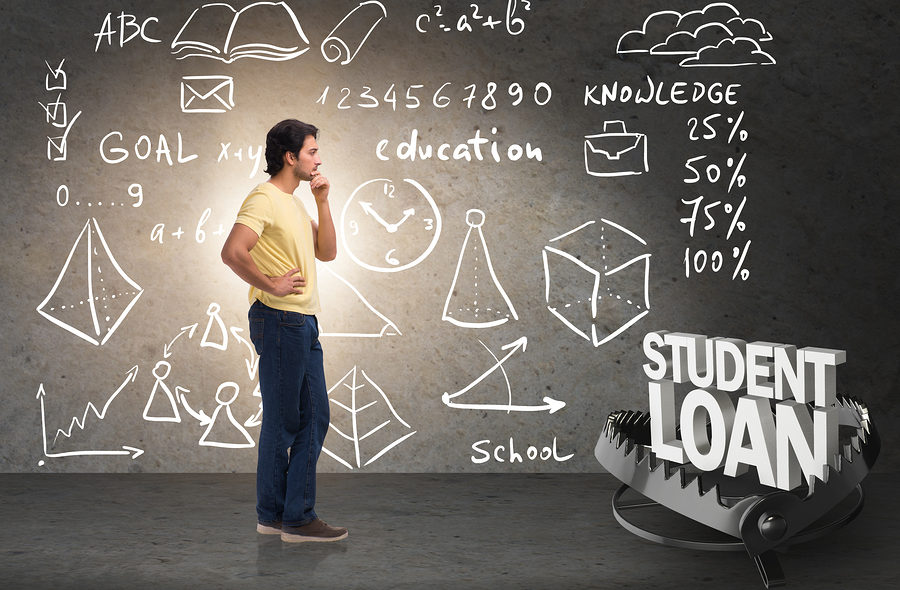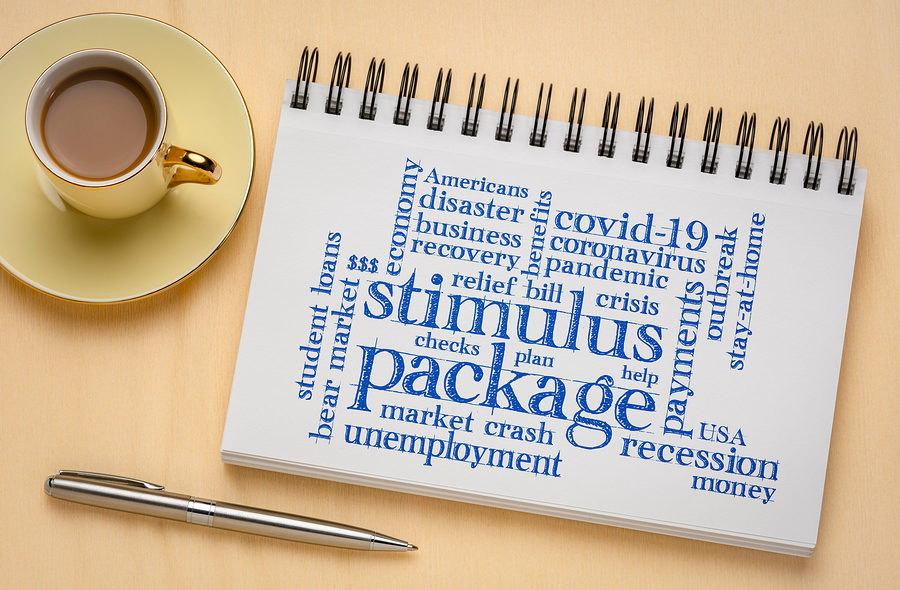Consumer debt encompasses several different categories. However, many people often struggle with the same few categories, mainly student loans, medical debt, and credit card debt. It helps to know how to attack the debt individually in each category if a consumer is looking to pay down their various debts.
Student Loan Debt
If you are struggling with student loan debt, you’re not alone. In fact, it has been reported that Americans carry over $1.5 trillion in student loan debt. This figure amounts to an average individual load of $32,731 per student. If the consumer proceeds towards a master’s degree or professional degree following graduation from undergraduate studies, that amount can get into six figures. Paying down that debt can be a struggle for many, especially during recent times. Currently, the federal government has issued a forbearance on all federal student loan debt during the COVID-19 crisis, which has been extended past September 30.

